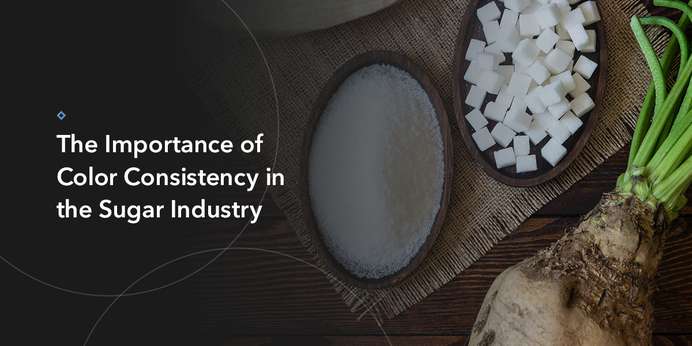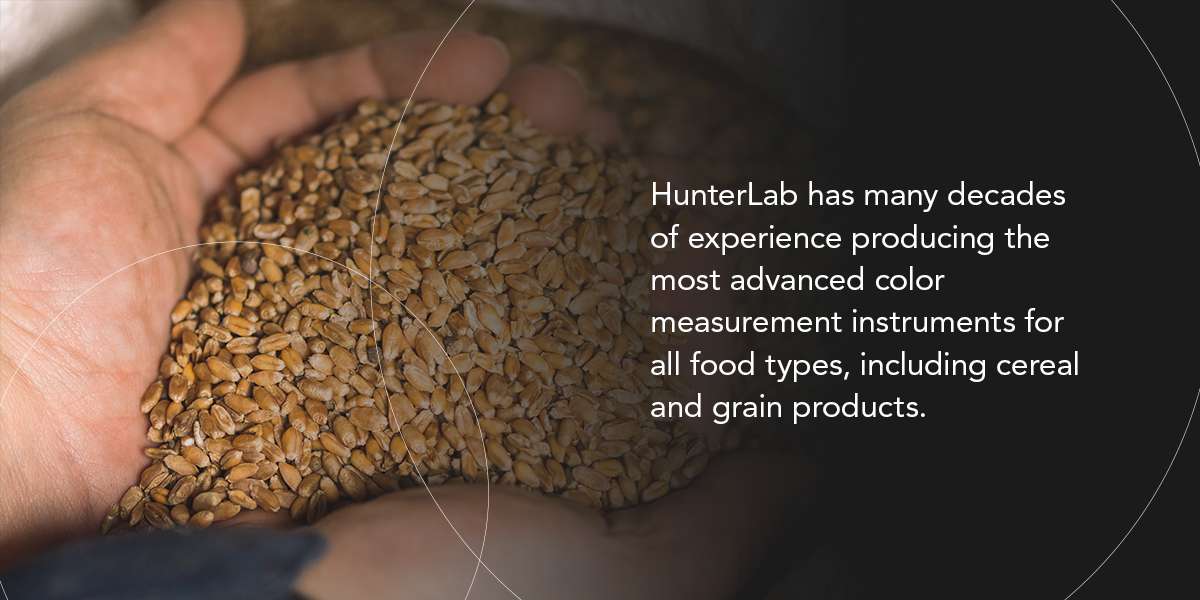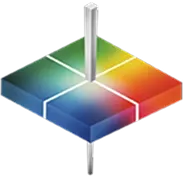
Color has long been among the most preferred tools for evaluating food quality, including breakfast cereals and grain products. A cereal's color often influences how consumers perceive its taste and freshness. Because a food product's success heavily depends on customer satisfaction, food processing companies must take every measure possible to ensure their products meet the highest standards.
What Is Color Consistency?
Color consistency is the average amount of chromaticity fluctuation between two samples. Chromaticity represents a surface's color quality without considering brightness or how external light hits it. In food processing, color consistency often consists of visually comparing samples of the same product or verifying a food's color against an existing standard, like a color chart.
Why Color Consistency Is Important in the Cereal Industry
Monitoring color consistency is often the first quality control step for cereal producers. These operations depend on advanced technology like spectrophotometers to alert them of any real-time variations during manufacturing, saving significant money in case of a defective product. Cooking times, baking temperatures and ingredient quality can all affect a cereal's color, emphasizing the importance of quality control throughout each stage.
Spectrophotometers go far beyond the visual capabilities of the human eye by controlling light variation, product texture and viewing angle. Both the Cereals & Grains Association and the United States Department of Agriculture (USDA) recommend spectrophotometry as a reliable color analysis method for cereal and other grain-based products.
Additionally, frequent color inconsistencies can damage a cereal company's reputation if the product reaches the consumer, making it even more critical to employ the strictest quality control methods during processing.


